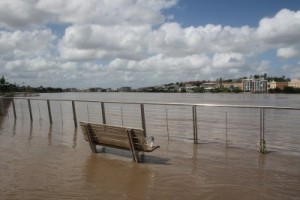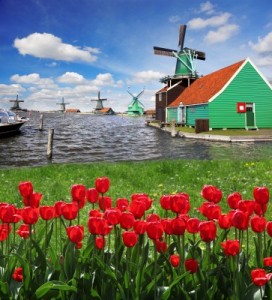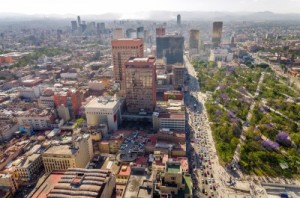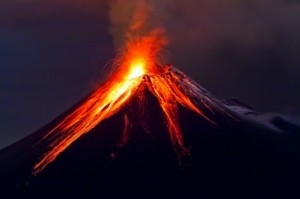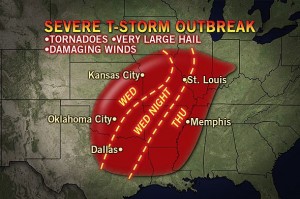Since 1501, the Danube River has never been as high as it is today. Dresden, Germany had one of its worst floods 11 years ago, and they called it the flood of the century because the last time it happened was 150 years ago.
People across Europe are finally admitting that the Earth is changing and it’s NOT going back to the ways things used to be.
Persistent rains have hit Germany and Austria the worst, but many parts of the UK have been flooded for months and there looks to be little relief in the days ahead. In the Cumbrian town of Cockermouth, automatic barriers have been installed in hopes of preventing a repeat of the 2009 floods when a month’s amount of rain fell in just 24 hours, destroying 900 homes and forcing hundreds of people to evacuate.
We’re Going Under
Until now, great floods were a 100+ year or so event, but with permanent Earth changes upon us today, urban sprawl is going under water. We have sealed too much of the porous, natural landscape with concrete and asphalt; our growing populations are requiring more roads, buildings require bigger parking lots, and housing developments are crammed into smaller spaces with no trees or natural vegetation left. As ocean levels rise and more violent storms sweep over our cultural landscape, floods WILL continue to impact our cities.
Fixing levees, fortifying bridges, and constructing flood barriers are merely temporary fixes. In a matter of minutes, the power of the Earth can wipe away years of efforts and billions of dollars in “escape” schemes.
Way Behind The Times
Human are actually antiquated – we may have amazing technology at our fingertips, but as far as our relationship with the Earth goes … we are way behind the times. In order to survive drastic Earth changes (like floods), we ALL have to change.
We must restructure our cities, our transportation networks, our power grid, and how we choose to “house” our expanding population. Literally, we need to tear down our cities and start over – we need to build lower to the ground in earthquake zones, farther away from natural disaster zones, stop building on flood plains, and relocate farther from the sea shores.
These are all nice places to visit, but no one should live there – not anymore.
Relocating
There are simple solutions to reconstructing our cities. Many parts of Europe are already doing this, and for the areas that are flooding today, it’s your turn to start doing things differently.
Dresden, Germany and Cockermouth, UK rebuilt their towns with the same structures and in the SAME places after floods. Cockermouth built new barriers, but will either of these towns be able to avoid, or prevent, another devastating flood? No. It is happening again in Dresden today. Heads up, Cockermouth.
Sorry to have to tell you this, but these towns are going to have to relocate farther away from the shores of these beautiful rivers, or implement some VERY DIFFERENT construction designs. As the Earth changes today, we MUST admit that the same-ole-same-ole ways just aren’t going to work anymore.
… and study The Netherlands … Holland has the flood-designs down!
